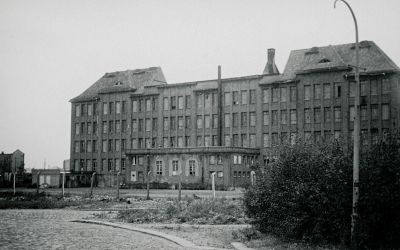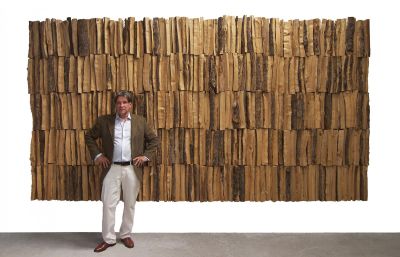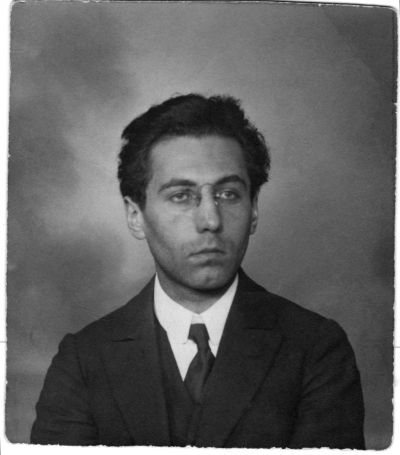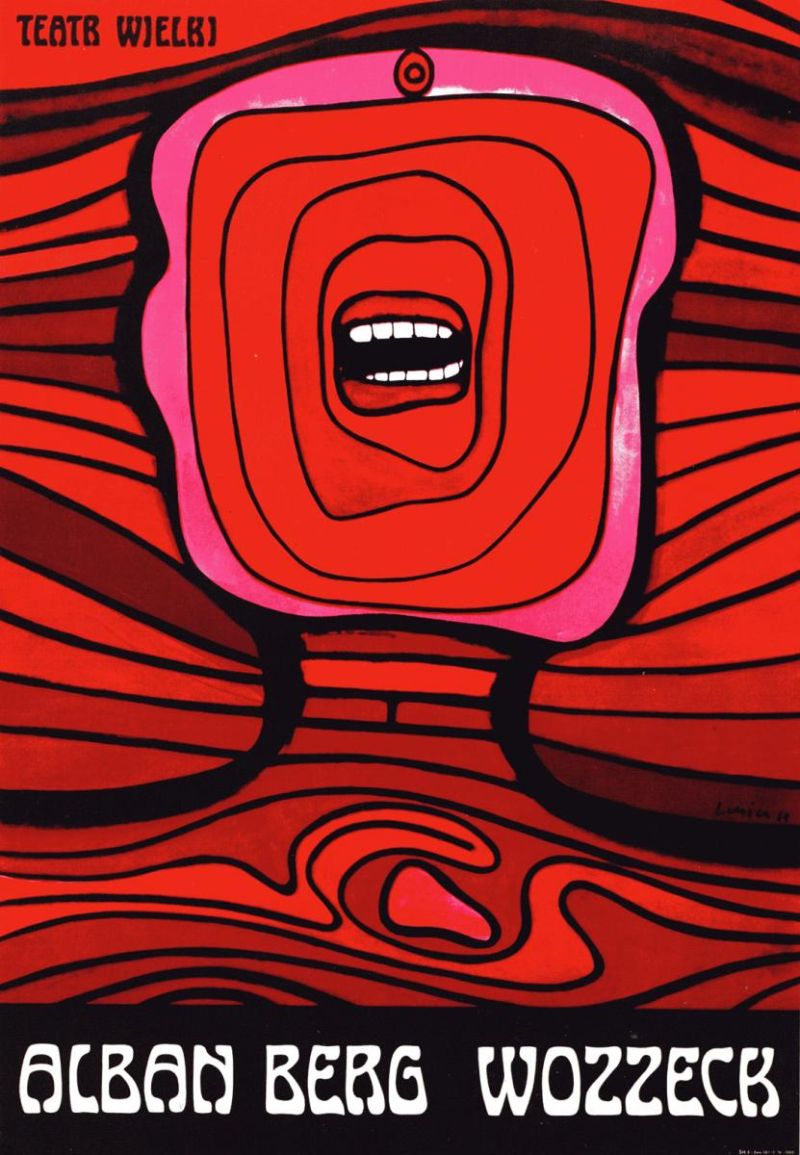Polish poster art in post-war Germany
Mediathek Sorted





















![ill. 22: Tomasz Sarnecki, Solidarność ill. 22: Tomasz Sarnecki, Solidarność - W samo poludnie [High noon], 4 June 1989](/sites/default/files/styles/width_100_tiles/public/assets/images/abb22.jpg?itok=ASCM67H8)
![ill. 23: Magazine ‘Jenseits der Oder’ [Beyond the Oder], Issue 6 ill. 23: Magazine ‘Jenseits der Oder’ [Beyond the Oder], Issue 6 - Published by the German Society for Cultural and Economic Exchange with Poland. Due to the unresolved border status from the perspective of the FRG, the title of the magazine was a provocation.](/sites/default/files/styles/width_100_tiles/public/assets/images/abb23.jpg?itok=xaW1FoEX)
![ill. 24: Jan Lenica, Wizyta starszej pani [A visit from an elderly lady] ill. 24: Jan Lenica, Wizyta starszej pani [A visit from an elderly lady] - Announcement of a theatre performance](/sites/default/files/styles/width_100_tiles/public/assets/images/abb24.jpg?itok=a4ssK6p6)




"Fresh, aggressive, funny and intellectually challenging." Polish poster art in post-war Germany
1. Hymnic
Contemporary, fresh, modern and aggressive, witty and intellectually challenging", "boldly experimental", "avant-garde", "mentally stimulating and exciting" and completely free of "banality and kitsch": these were the words with which Erich Pfeiffer-Belli, the art critic on the Süddeutsche Zeitung, praised an exhibition of Polish poster art in March 1962, which was on show at the time in the Neue Sammlung in Munich.[1] (Fig. 1-3)
Pfeiffer-Belli's enthusiastic review was no exception. Rather, it was typical of practically all the public reactions to the exhibitions of Polish poster art in what was then West Germany. Exhibitions of Polish posters were a recipe for success. Those who organised them could be sure of a positive, if not hymnic, echo from the press. Their success was no accident. The high artistic level of Polish commercial graphics was recognized internationally. Polish poster art in particular was considered to be a leader in the field. It was a flagship of Polish art and enjoyed a legendary reputation in Germany. Significantly, it was unreservedly granted the status of an art form here , on a level with non-applied, free art and equally worthy of being presented in museums. This status simultaneously enhanced the value of commercial art in the Federal Republic of Germany.
West German critics praised the Polish posters for their "profound wit", their "sparkling zest" for irony, their "intellectually challenging" and "wonderfully disrespectful" treatment of historical styles and symbols. They praised their versatility, artistic boldness and experimental joy, at times their "drastic daring" and at others, their "Polish charm".[2] Some reviewers were close to singing hymns of praise to the planned socialist economy, because, as the director of the Neue Sammlung München Hans Eckstein put it laconically, "There, businessmen do not make posters".[3] Hence it was possible for commercial graphic artists to design their posters free of the constraints of the market and commerce. The fact that Polish poster art, even in the Stalinist era in the early 1950s, had been able to exploit creative freedoms that were at that time denied to non-applied art under the doctrine of socialist realism, made it additionally interesting.
[1] Erich Pfeiffer-Belli, “Plakate aus Polen. Eine Übersicht in der Münchner Neuen Sammlung“, Süddeutsche Zeitung, 27.03.1962, p. 12. The review was of the exhibition, "Plakate aus Polen", in the Munich Neue Sammlung, 22.3.-29.4.1962
[2] Quotations taken from the SZ, 27.03.1962, p. 12; FAZ, 10.11.1965, p. 9; FAZ, 28.2.1966, p. 11
[3] Hans Eckstein, “Vorwort”, in: Plakate aus Polen (exhibition catalogue), München, Die Neue Sammlung, 1962























































































